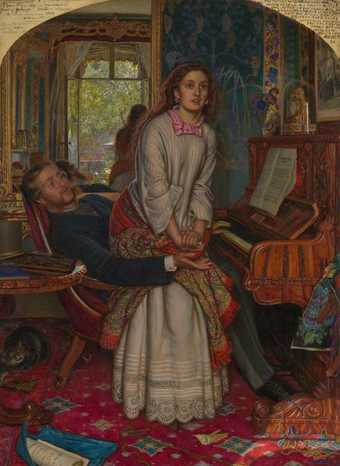
William Holman Hunt
The Awakening Conscience (1853)
Tate
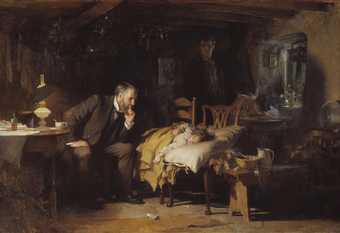
Sir Luke Fildes
The Doctor (exhibited 1891)
Tate
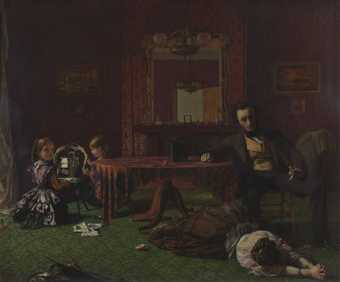
Augustus Leopold Egg
Past and Present, No. 1 (1858)
Tate
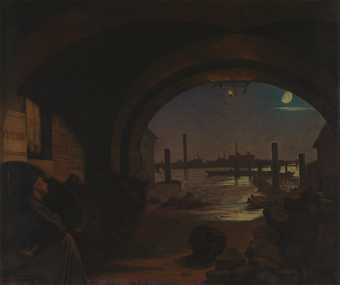
Augustus Leopold Egg
Past and Present, No. 3 (1858)
Tate
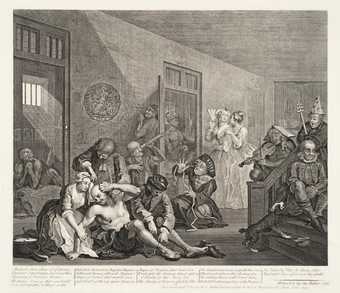
William Hogarth
A Rake’s Progress (plate 8) (1735–63)
Tate
In Britain examples of social realism can be found in the eighteenth century, for example in the work of William Hogarth, but it became particularly widespread in the nineteenth century. Important contributions to social realism were made by the Pre-Raphaelites, and by the more serious-minded genre painters such as Augustus Egg, William Powell Frith, Luke Fildes and Frank Holl.
Social realism should not be confused with socialist realism.
